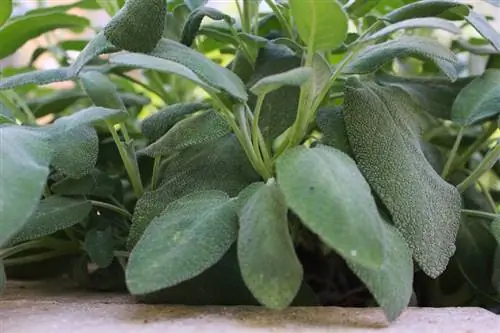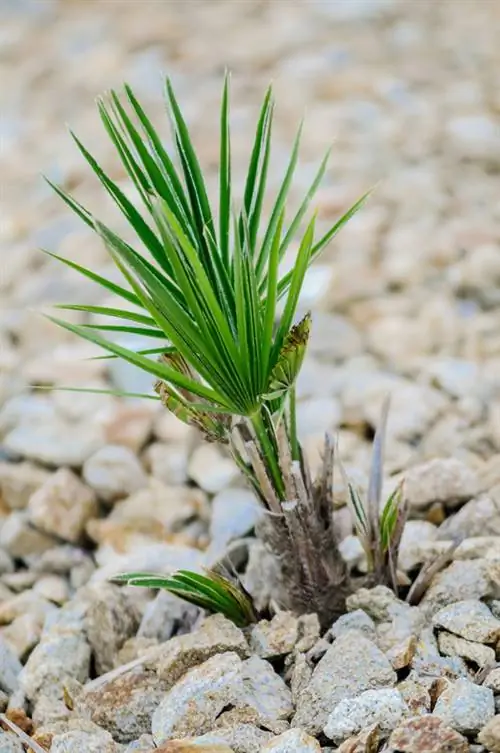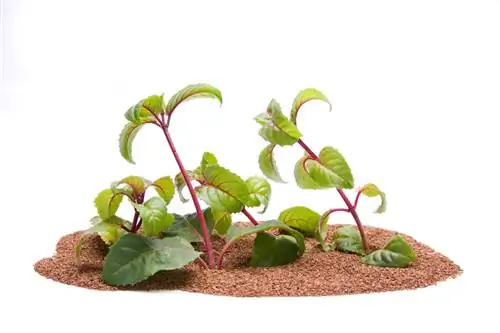- Author admin [email protected].
- Public 2023-12-16 16:46.
- Last modified 2025-01-23 11:20.
The flowers are multi-faceted and colorful, the location requirements and care are low - what more could you want? There are enough reasons to propagate daylilies. This is how it works!

How to propagate daylilies?
Daylilies can be propagated by dividing or sowing. Dividing involves carefully digging up and dividing the roots in spring or fall before replanting the daughter plants. To grow daylilies from seeds, harvest the seed pods after flowering and sow the seeds in potting soil in spring.
The most proven method: dividing daylilies
Most gardeners start dividing the daylily when the flowering begins to slow down. This happens to every daylily over the years, regardless of whether it has been fertilized regularly.
The result of this propagation method are daughter plants that are identical to the mother plant. The right time to divide is in the spring before budding or in the fall after flowering.
Procedure step by step
First, dig up the root of the daylily. Remove soil from them so that all areas are clearly visible. For example, a garden hose can be used to clean the roots. The roots are rinsed off with the water.
Often new sections have formed at the root. These can be separated by turning back and forth. Otherwise the root is split in the middle. A sharp knife can be used for this.
The roots are then planted separately from each other. It should come 2 cm below the surface of the earth. Finally, don't forget to cut the leaves to 15 cm above the ground and water the soil well.
A method that requires patience: sowing
The seed capsule is ripe 6 to 8 weeks after flowering. The seeds should be harvested on a dry day. After harvesting, they can be placed in the refrigerator to stratify (thus they germinate better) or dried.
The seeds can be sown in potting soil in spring between February and March:
- soak in water for 1 to 3 days beforehand
- cover less than 0.5 cm with soil
- Press soil, water and keep moist
- Germination time: 4 to 32 days
- continue cultivation in cooler temperatures
- plant from mid-May
Tips & Tricks
If the young plants form leaves that are too long after sowing, they can be trimmed. New leaves grow back without any problem.






